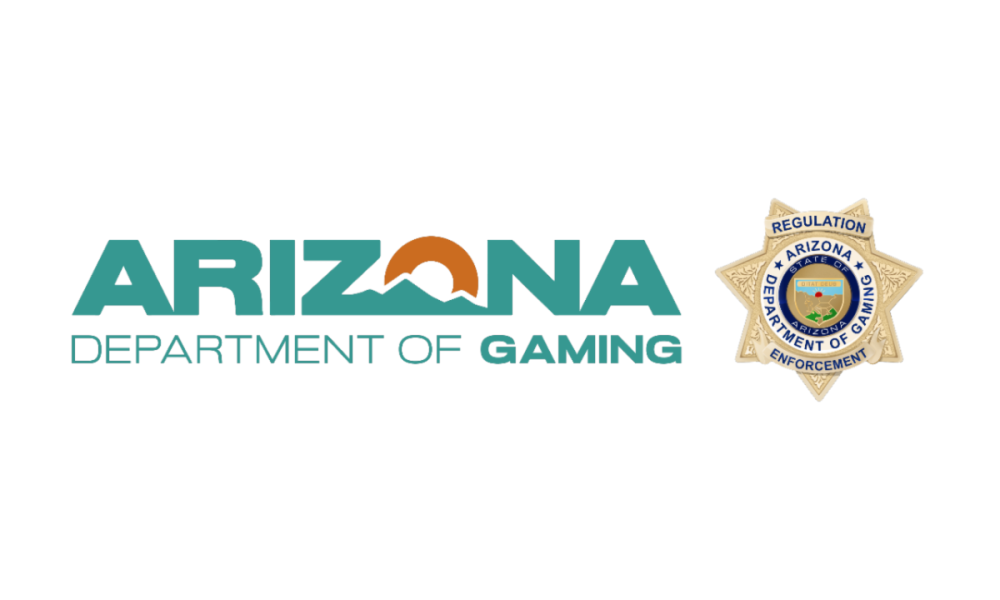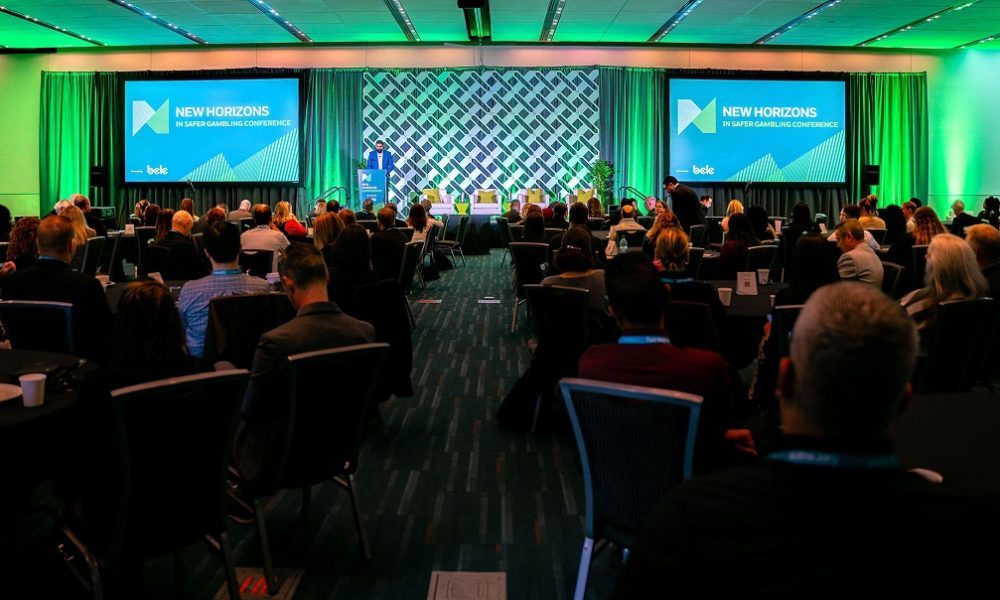Latest News
The boom of virtual gaming tournaments
The global gaming industry is undergoing rapid change and is seeing significant growth year on year. It is currently worth around £116 billion, and it is expected to grow by a Compound Annual Growth Rate percentage of 12.9% between now and the year 2027.
There are a number of key factors that are driving this, including the availability and advancement of technology. Both the hardware and software of games consoles, computers and gaming accessories are improving greatly in terms of efficiency, innovation and usability.
Increased access to internet services with decent connection and speed has also influenced this, as well as the relatively new development of influencer marketing through streaming platforms. Of course, it is also undeniable that recent global events have meant that people have had to spend more time at home social distancing and have found themselves playing more games. Gaming has provided entertainment and social engagement to people who may have been too busy to play regularly before. There are game types to suit everybody, from action and adventure games to strategy and puzzle games. All gaming sectors have seen an increase of gameplay during this period and one in particular is the casino industry. In the last several months, many people have signed up to one of many casino sites to play their favourite games like blackjack and poker. The increase of players has been forced by the closure of land-based casinos meaning people had to move online to access casino games. And it was not just normal casino games that had to take place online, many large gambling events like the World Series of Poker tournament also had to move online due to the recent pandemic. Many events and competitions were already taking place virtually, however this year has seen more events than ever make the transition online, is this phenomenon going to stay?
Virtual Competitions
There has also been a boom in virtual gaming tournaments, or esports tournaments, during this time. The number of tournaments has skyrocketed in comparison to previous years, so too has the audience numbers on streaming sites such as Twitch and YouTube. As conventional tournaments across the sports and entertainment industries have faced cancellations or postponements, virtual competitions have acted as their replacements.
There are three main types of esports that are run as virtual gaming competitions. One is first person shooters (FPSs), these can be player v player or team games, with popular examples including Call of Duty, Doom and Counter-Strike. There are also fighter gaming competitions, such as those held for Super Smash Bros or Street Fighter. However, some of the most anticipated tournaments are those in the Multiplayer online battle arena (MOBA) category, with League of Legends and DOTA 2 being the big names in this area.
Many players participate in these events due to their financial incentives. Large corporations sponsoring these events draw in professional players with the promise of huge cash prizes. Pros train for these events all year round, gaming to them is a career choice as they fund their passion through prize winning and sponsorship deals scored through their streaming channels. DOTA 2 is by far one of the biggest tournaments in terms of the amount of prize money it gives out. Since the game was released in 2013, there have been 54 tournaments and the average prize has been a hefty sum of $111,111 US dollars. This year’s prize money hase totalled $6 million.
Replacing Sporting Events
Virtual gaming tournaments this year have acted as a good replacement for some of the major sporting events.
After F1 was forced to postpone earlier this year, Torque Esports’ All-Star Esport Battle took over in March. Racers from a variety of motorsports joined in on the action, including the legendary Max Verstappen. Verstappen found victory at the Redline’s Real Racers Never Quit competition series when he won the first qualifier, however the final saw Rudy Van Buren take home the top prize after he dropped out. Van Buren actually holds the title of ‘World’s Fastest Gamer’ in 2017.
There was also the virtual Formula One Grand Prix which attracted both pro gamers and champion F1 stars. This was the second time the event ran and this year it was based on Albert Park circuit in Melbourne. Competitors included Ben Stokes, an England cricketer, and racing driver Alex Albon. The trophy was won by two time Grand Prix winner Charles Leclerc.
Another high-profile esports tournament was the Fortnite World Cup. In the summer of 2019, the Fortnite finals were streamed across Twitch, Youtube, Twitter, Facebook and within the game itself. Weekly online tournaments started in April, with players from each region competing to qualify for the finals and be in for a chance of winning a cut of the $1,000,000 prize pool. The overall winner was 16 year old Kyle “Bugha” Giersdorf, who lifted the trophy at Arthur Ashe Stadium in New York. This year however, Epic Games have had to put a stop to the World Cup this year due to the cross-region nature of the event. They instead moved all over competitions exclusively online this year, including the Fortnite Champion Series and the Fortnite Cash Cups.
Virtual Gaming Industry is Growing
At the rate that the virtual gaming industry is growing, in the future we may see the same kind of media coverage and attention for these tournaments as we do some of the major traditional sports competitions. Huge audiences already enjoy watching these events via live streams, and many also place bets too. As stadium events around the world continue to be cancelled and postponed, virtual gaming tournaments are continuing to become a more mainstream form of entertainment for fans of competitive sports.
ADG
Arizona Department of Gaming Issues Cease-and-Desists on “Phoenix Dream Home Sweepstakes”

The Arizona Department of Gaming (“the Department” or “ADG”) issued cease-and-desist orders to Raffall, a company based in the United Kingdom, and to an Arizona resident using the platform to promote the ‘Phoenix Dream Home Sweepstakes,’ currently advertised online and through a separate website, winthisazhome.com, which is marketing the chance to ‘Win a Luxury $1.3M Arizona Mountainside Home.’
According to the Department’s investigation, the promotion required participants to purchase entries for a prize to be awarded and promised either a home transfer or a cash payout, depending on sales volume. The investigation further determined that the organizers intended to profit from ticket sales. Based on these findings, the Department alleges the activity constitutes an illegal gambling operation under Arizona law.
As part of the enforcement action, Raffall has been directed to remove all gambling-related drawings or giveaways targeting Arizona residents, and the Arizona resident has also been ordered to cease promoting or conducting any unlawful gambling activity.
“Illegal gambling can take many forms and it does not matter if it is labeled a sweepstakes, raffle, giveaway, or drawing,” said Jackie Johnson, Director of the Arizona Department of Gaming. “Unregulated operations put Arizonans at risk because there is no oversight, and therefore no accountability or safeguards in place. The Department will continue to take enforcement action to protect consumers, and we urge the public to learn what is legal before participating in or hosting any gambling activity.”
Why This Operation Is Illegal
Arizona law prohibits gambling unless it is specifically authorized (A.R.S. Title 13, Chapter 33). There is no exception for so-called “sweepstakes.” Raffles may only be conducted by Arizona charitable, tax-exempt organizations (A.R.S. § 13-3302(B) & (C)), and personal profit is prohibited. Only individuals 21 years of age or older may legally participate in gambling in Arizona.
Because this operation is accessible to users under the age of 21, is conducted for personal gain, and is not conducted by a qualified nonprofit, it violates Arizona law. Additional potential felony violations include:
- Promotion of Gambling – A.R.S. § 13-3303
- Illegal Control of an Enterprise – A.R.S. § 13-2312
- Money Laundering – A.R.S. § 13-2317
Furthermore, foreign-based platforms, such as Raffall, do not adhere to Arizona or U.S. gambling laws, leaving consumers without essential protections.
Consumer Protection Advisory
As illegal online gambling activity continues to rise, the Department urges all residents and visitors to be cautious when participating in gaming, whether online or in-person. Regulated gaming provides important consumer protections, ensuring fair play and fair drawings, data security, accountability, and a safer overall experience.
If you purchased entries in this illegal gambling operation:
- Stop participating immediately and do not buy additional entries.
- Contactyourbank or credit card company to dispute the charges or request a chargeback. Your financial institution is the best avenue for seeking a refund.
- Monitor your accounts for unauthorized transactions.
- If you suspect identity theft, report it to the Federal Trade Commission (FTC):
- IdentityTheft.gov (English)
- RobodeIdentidad.gov (Spanish)
Important: The Department cannot assist with refund requests or individual disputes against unlicensed platforms. Consumers must work through their financial institutions to protect themselves and/or retain legal counsel. They may also file complaints with the Arizona Attorney General’s Consumer Information and Complaints Unit at (602) 542-5763 or azag.gov/consumer.
The post Arizona Department of Gaming Issues Cease-and-Desists on “Phoenix Dream Home Sweepstakes” appeared first on Gaming and Gambling Industry in the Americas.
BCLC
Save the Date: BCLC’s New Horizons in Safer Gambling Conference Returns November 2026

BCLC is pleased to announce the return of the New Horizons in Safer Gambling Conference, taking place November 2–4, 2026, at the JW Marriott Parq Vancouver.
This global event brings leading voices in research, policy and industry together to explore innovative approaches to safer gambling. Attendees can expect two days of forward-thinking dialogue, evidence-based insights and collaborative solutions to help shape the future of player health.
Sponsorship Opportunities Now Available
New to the 2026 conference, BCLC is excited to offer sponsorship opportunities to organizations that share BCLC’s passion for safer gambling. Benefits of sponsoring New Horizons 2026 include industry visibility, leadership recognition and meaningful engagement with a global audience. To learn more about sponsorship, please e-mail [email protected].
Registration and program details will be released later this fall.
The post Save the Date: BCLC’s New Horizons in Safer Gambling Conference Returns November 2026 appeared first on Gaming and Gambling Industry in the Americas.
Aquisitions/Mergers
NOVOMATIC successfully completes sale of ADMIRAL Austria to Tipico and focuses on international growth markets

Europe’s leading gaming technology group has successfully completed the sale of ADMIRAL Austria to Tipico. This transaction underscores NOVOMATIC’s long-term focus on global expansion and marks another important milestone in its international growth strategy. ADMIRAL Austria will remain an important technology partner under its new owner Tipico and will continue to rely on NOVOMATIC’s innovative technology solutions in the future.
Stefan Krenn, Executive Board Member of NOVOMATIC AG, emphasized: “The completion of this transaction marks an important step in our global expansion strategy with a clear focus on international growth markets. ADMIRAL has developed into an established market leader over the past decades, and we thank all ADMIRAL employees for their great commitment. We are pleased to have found a strong and reliable technology partner in Tipico, who will successfully continue the company’s operations in Austria.”
Axel Hefer, CEO of the Tipico Group, stated: “We are delighted about the successful completion of this transaction. ADMIRAL is a leading Austrian company with a strong legacy, and clear potential for future growth. Both companies are synonymous with state-of-the-art technology, innovative products and a high focus to player protection. Our future collaboration is very good news for our customers.”
The closing of the transaction followed the receipt of all required regulatory approvals.
The post NOVOMATIC successfully completes sale of ADMIRAL Austria to Tipico and focuses on international growth markets appeared first on European Gaming Industry News.
-

 gaming3 years ago
gaming3 years agoODIN by 4Players: Immersive, state-of-the-art in-game audio launches into the next generation of gaming
-
EEG iGaming Directory9 years ago
iSoftBet continues to grow with new release Forest Mania
-
News7 years ago
Softbroke collaborates with Asia Live Tech for the expansion of the service line in the igaming market
-
News7 years ago
Super Bowl LIII: NFL Fans Can Bet on the #1 Sportsbook Review Site Betting-Super-Bowl.com, Providing Free Unbiased and Trusted News, Picks and Predictions
-
iGaming Industry8 years ago
Rick Meitzler appointed to the Indian Gaming Magazine Advisory Board for 2018
-
News7 years ago
REVEALED: Top eSports players set to earn $3.2 million in 2019
-
iGaming Industry8 years ago
French Senator raises Loot Boxes to France’s Gambling Regulator
-
News7 years ago
Exclusive Interview with Miklos Handa (Founder of the email marketing solutions, “MailMike.net”), speaker at Vienna International Gaming Expo 2018








